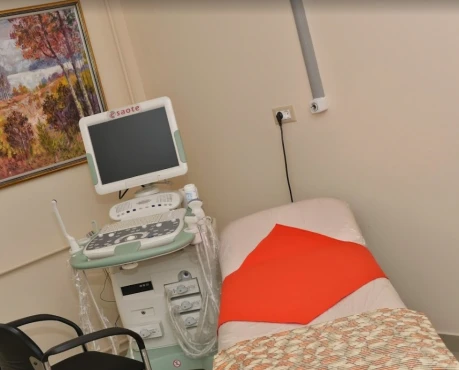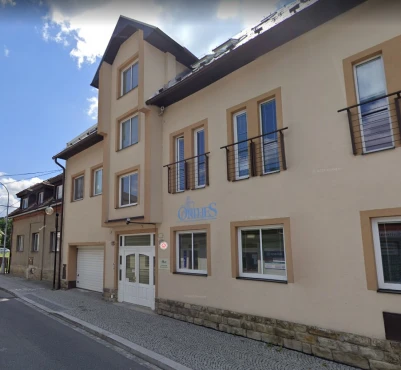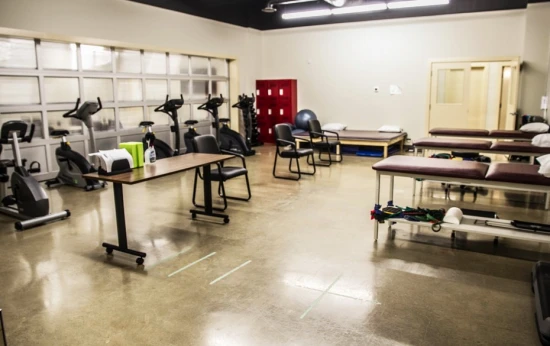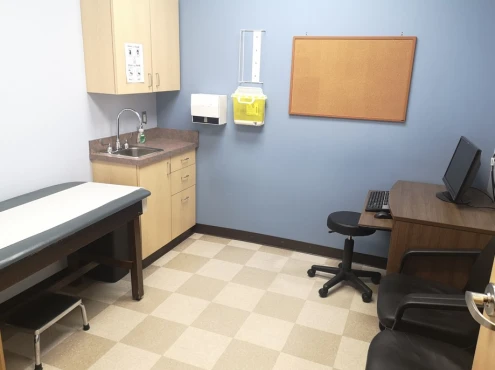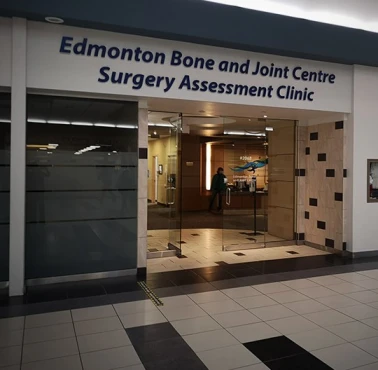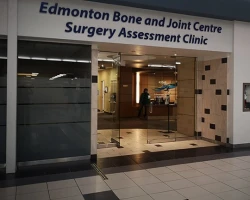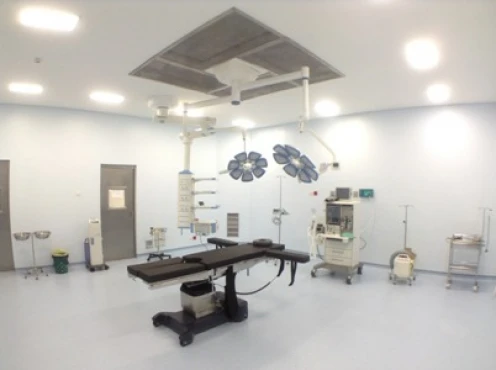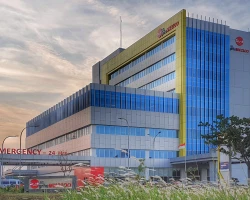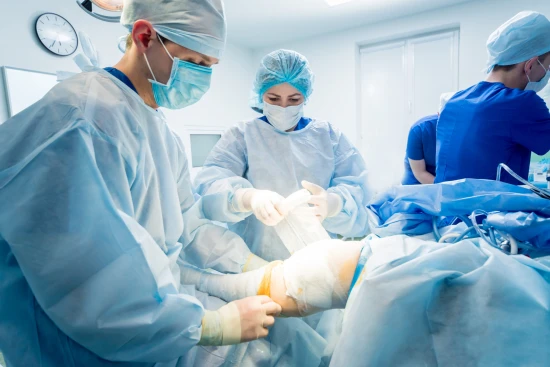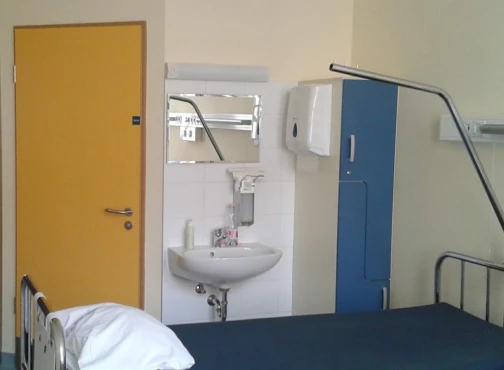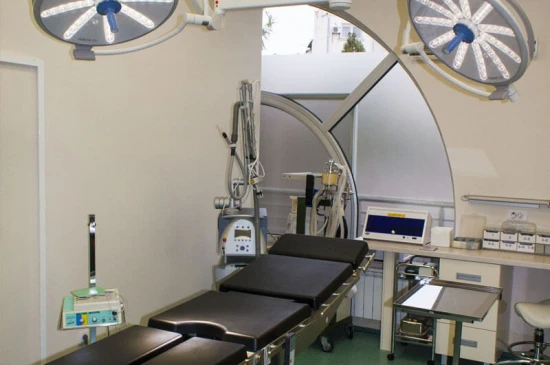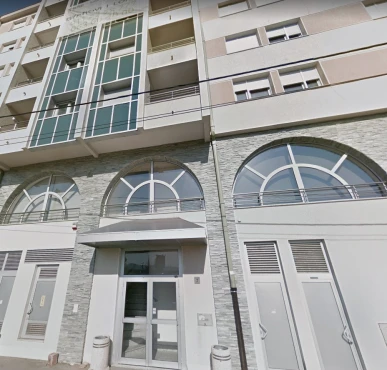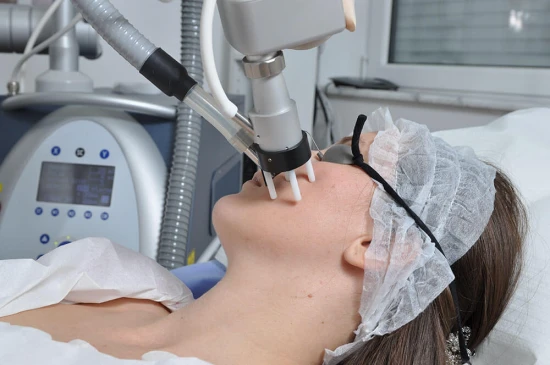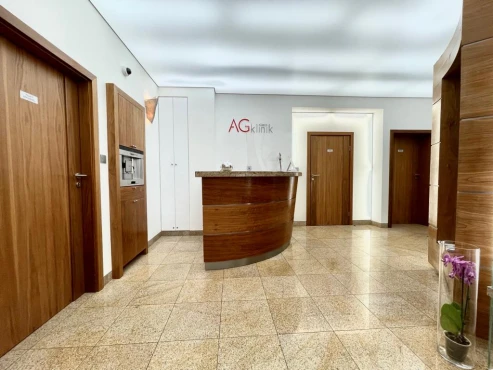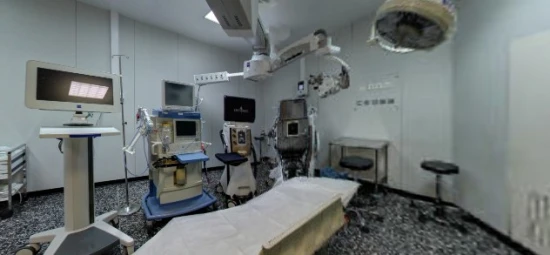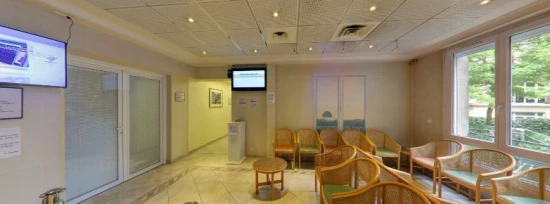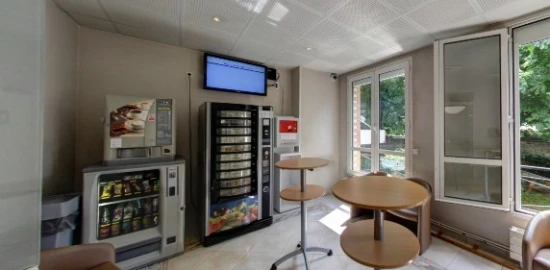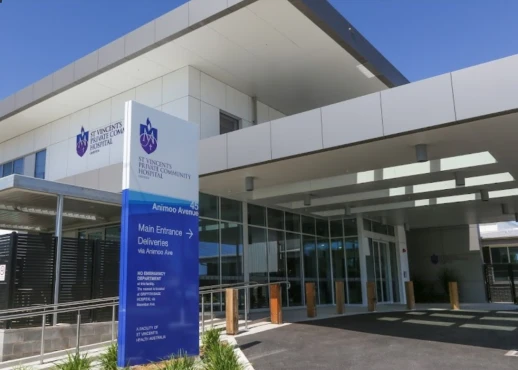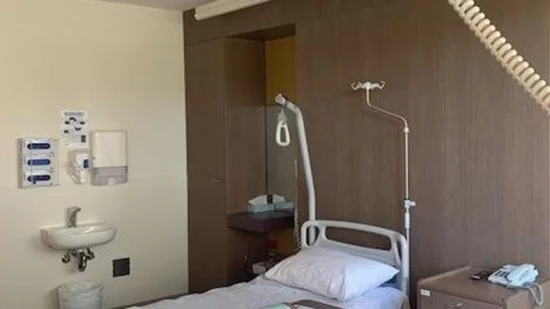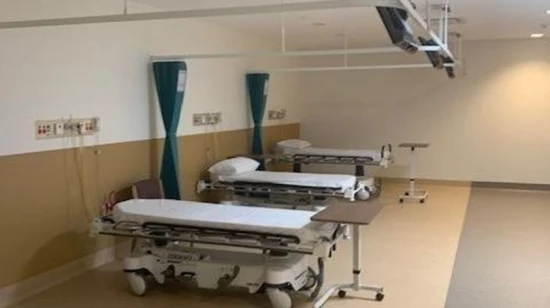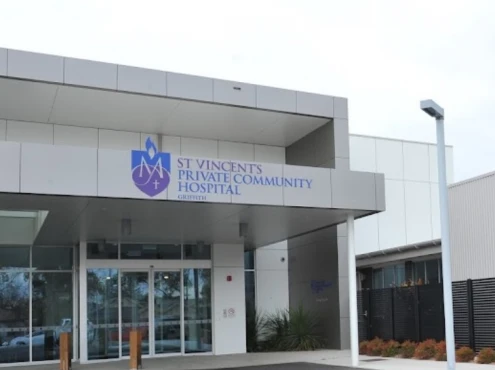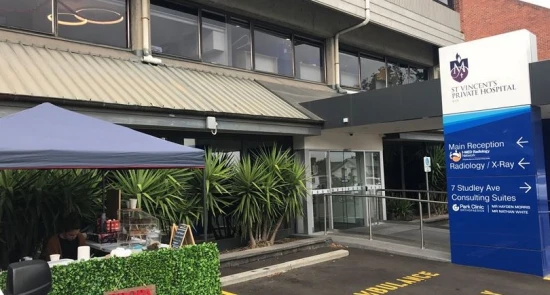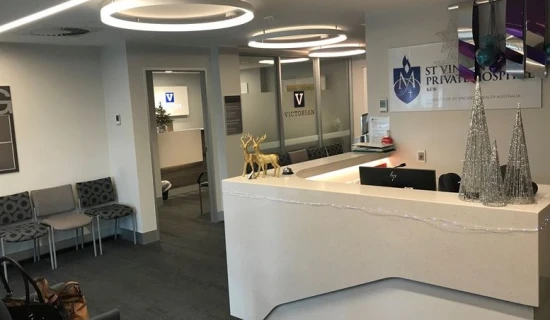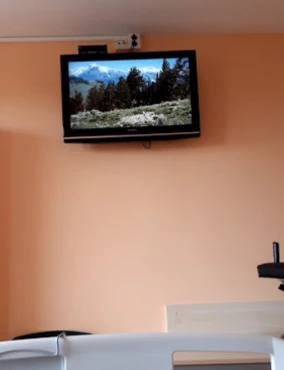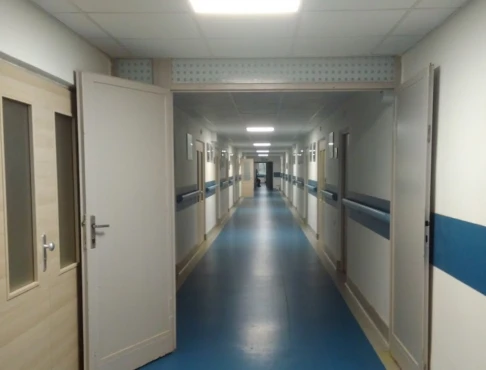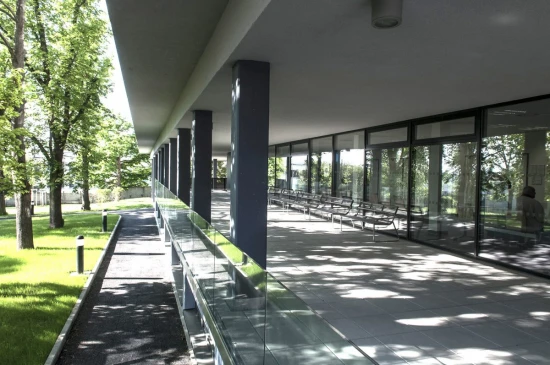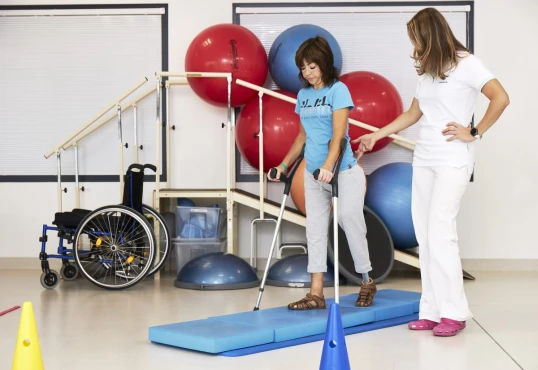Kidner Procedure in Clinics: Everything You Need to Know for A Successful Treatment
If you're experiencing foot and ankle pain and considering the Kidner Procedure in Clinics, we've got you covered. This blog post will guide you through the essential details of this treatment option, including its purpose, risks, and preparation. So, join us as we explore this critical foot and ankle therapy.
What is the Kidner Procedure?
Are you experiencing foot and ankle pain due to an accessory navicular bone? The Kidner procedure could be your solution. Orthopedic surgeons specializing in foot and ankle surgeries perform the Kidner procedure, named after Dr. Nathaniel Kidner, the original describer. During the surgery, the surgeon removes the accessory navicular bone, eliminating the source of discomfort and inflammation.
The benefits of the Kidner procedure are many, including pain relief, improved mobility, and preventive measures against complications such as tendonitis, bursitis, or flatfoot deformity. Moreover, since it is a minimally invasive surgery, the recovery period is shorter than for more extensive foot surgeries.
Following the surgery, doctors may advise wearing a cast or special boot for healing, alongside physical therapy exercises and follow-up appointments with the surgeon. It's crucial to note that the Kidner procedure is typically reserved for situations where conservative treatments like rest, physical therapy, orthotics, or anti-inflammatory medications have failed to provide relief.
Don't let an accessory navicular bone disrupt your lifestyle. Consider the Kidner procedure a viable option and consult your orthopedic surgeon to evaluate your specific condition and recommend the most suitable treatment plan.
Why is it done?
If chronic foot and ankle pain caused by the presence of an extra navicular bone is giving you discomfort, consider a Kidner procedure. This surgical intervention is the go-to option when conservative treatments have failed to provide the desired relief or complications have arisen.
What are the reasons for a Kidner procedure?
Persistent Pain: When foot and ankle pain persists despite several non-surgical interventions like physical therapy, rest, or medication, a Kidner procedure may be necessary to alleviate pain and enhance your quality of life.
Inflammation and Swelling: The accessory navicular little bone can cause inflammation and swelling in the tendons and ligaments surrounding it, resulting in ongoing pain. The Kidner procedure is designed to remove the accessory navicular bone and reduce inflammation, which leads to lasting pain relief and improved functionality.
Tendonitis or Bursitis: If you possess an accessory navicular bone, you are more likely to develop tendonitis or bursitis. These are both inflammations, respectively, of tendons and fluid-filled sacs. If these issues persist despite simple treatments, a surgical procedure called Kidner may be necessary to address the underlying problem.
Flatfoot Deformity: The accessory navicular bone sometimes plays a role in the growth or progression of flatfoot deformity - a condition characterized by the collapse of the foot's arch. The Kidner procedure can help prevent or correct this deformity by eliminating the source of instability.
Failed Conservative Treatments: When non-surgical approaches fail to relieve pain, improve mobility, or boost functionality, a Kidner procedure could be a viable treatment option to address the underlying issue.
Risks
If you're considering the Kidner procedure in clinics, it's critical to be conscious of the potential risks. While surgery can be safe and effective, risks are always involved, just like with any other surgical procedure. It's important to discuss with your orthopedic surgeon the potential risks associated with the Kidner procedure to make a knowledgeable decision that is right for you. Let's explore some of these risks more closely:
Infection: Any surgical procedure carries a disease risk, but sterilization techniques and post-operative care can help minimize this risk.
Nerve damage: During the procedure, nearby nerves could be injured, leading to temporary or permanent numbness, tingling, or weakness in the foot and ankle. However, skilled surgeons take great care to minimize this risk.
Blood vessel injury: There's a small risk of damaging blood vessels around the foot and ankle, which could result in bleeding or hematoma formation.
Scarring and adhesions: Some individuals may develop excessive scar tissue or adhesions around the surgical site, leading to restricted mobility or discomfort. Proper post-operative care and physical therapy can help manage and minimize these issues.
Allergic reactions: Sometimes, people might be allergic to anesthesia, surgical stuff, or medicines used during medical procedures. But this only happens sometimes. Inform your healthcare team of any known allergies or sensitivities beforehand.
Unsatisfactory outcomes: While the Kidner procedure generally relieves foot and ankle pain, the desired results may only sometimes be achieved. Have realistic expectations and communicate openly with your surgeon about your goals.
General surgical risks: The Kidner procedure in clinics is typically performed under anesthesia, which carries inherent risks, including adverse reactions, blood clots, or complications associated with underlying medical conditions.
How do you prepare?
Being well-prepared to ensure a smooth surgical experience and optimal recovery when undergoing the Kidner procedure in clinics is crucial. Proper preparation can reduce potential risks and improve the overall outcome of the surgery. Follow these essential steps:
- It's an excellent idea to book an appointment with your orthopedic surgeon to talk about the procedure and see if it's the best option for you. They can answer questions, explain the process, and help you determine your specific condition's right course of action.
- Before the surgery, your Dr will perform a complete medical assessment, including reviewing your medical history and conducting physical exams. This helps them understand the extent of the problem and plan the appropriate surgical procedure.
- Follow the pre-operative instructions provided by your surgeon, which may include fasting requirements and avoiding certain medications that can interfere with the procedure.
- Arrange for someone to support you during the initial recovery period, including helping with daily activities, transportation, and emotional support.
- Prepare your home environment by organizing essential items, ensuring a clean and clutter-free space, and setting up a comfortable area for rest and elevation of the foot.
- Discuss the expected recovery timeline with your surgeon and make appropriate arrangements to take time off work or limit physical activities during the initial healing phase.
By following these steps and communicating openly with your healthcare team, you can be better prepared for the Kidner procedure and increase the likelihood of a successful outcome. Remember, proper preparation is critical to achieving optimal results.
What can You expect?
When undergoing the Kidner procedure in clinics, clearly understanding what to expect during and after the surgery is essential. Let's explore the key aspects you can anticipate throughout your Kidner procedure journey.
During the Kidner Procedure
During the Kidner procedure, you can expect the following:
Anesthesia administration: Before the surgery begins, you will be given anesthesia to ensure you are comfortable and pain-free throughout the procedure. Your anesthesia options will be discussed beforehand, and the anesthesia team will monitor you closely during the surgery.
Incision and bone removal: Once the anesthesia takes effect, the Dr will make a tiny incision near the accessory navicular bone. The bone will be carefully identified and removed, typically along with any inflamed tissue or tendon attachments.
Tendon repair (if necessary): In some cases, the surgeon may need to repair or reattach tendons affected by the presence of the accessory navicular bone. This step helps restore stability and function to the foot and ankle.
Wound closure: After the bone removal and any necessary repairs, the incision will be closed using sutures or surgical staples. A sterile dressing will be used to protect the incision site.
After the Kidner Procedure
Following the Kidner procedure, here's what you can expect during the recovery phase:
Pain management: You may experience some discomfort or pain following the surgery. Your healthcare team will provide appropriate pain medication to help manage any postoperative pain. It's essential to follow the prescribed pain management plan and communicate any concerns or changes in pain levels to your healthcare provider.
Immobilization and weight-bearing restrictions: Depending on your surgeon's recommendations, you may need to wear a cast, splint, or walking boot to immobilize and protect the foot during the initial healing period. You may also be informed to limit or avoid putting weight on the operated foot for a specific duration to facilitate proper healing.
Follow-up appointments: Your surgeon will schedule follow-up appointments to monitor your progress, remove stitches or staples (if used), and assess the healing process. These appointments are crucial for ensuring that your recovery is on track and addressing any concerns that may arise.
Physical therapy and rehabilitation: In some cases, physical therapy may be suggested to help restore strength, flexibility, and function to the foot and ankle. Your surgeon or a physical therapist will guide you through exercises and rehabilitation protocols tailored to your needs.
Gradual return to activities: As your healing progresses, your surgeon will gradually reintroduce weight-bearing and resume regular activities. Following these instructions is essential to prevent complications and optimize your recovery.
Remember that individual experiences may vary, and following your surgeon's instructions for post-operative care and recovery is essential. By understanding what to expect during and after the Kidner procedure, you can be better prepared for a smoother recovery process.


